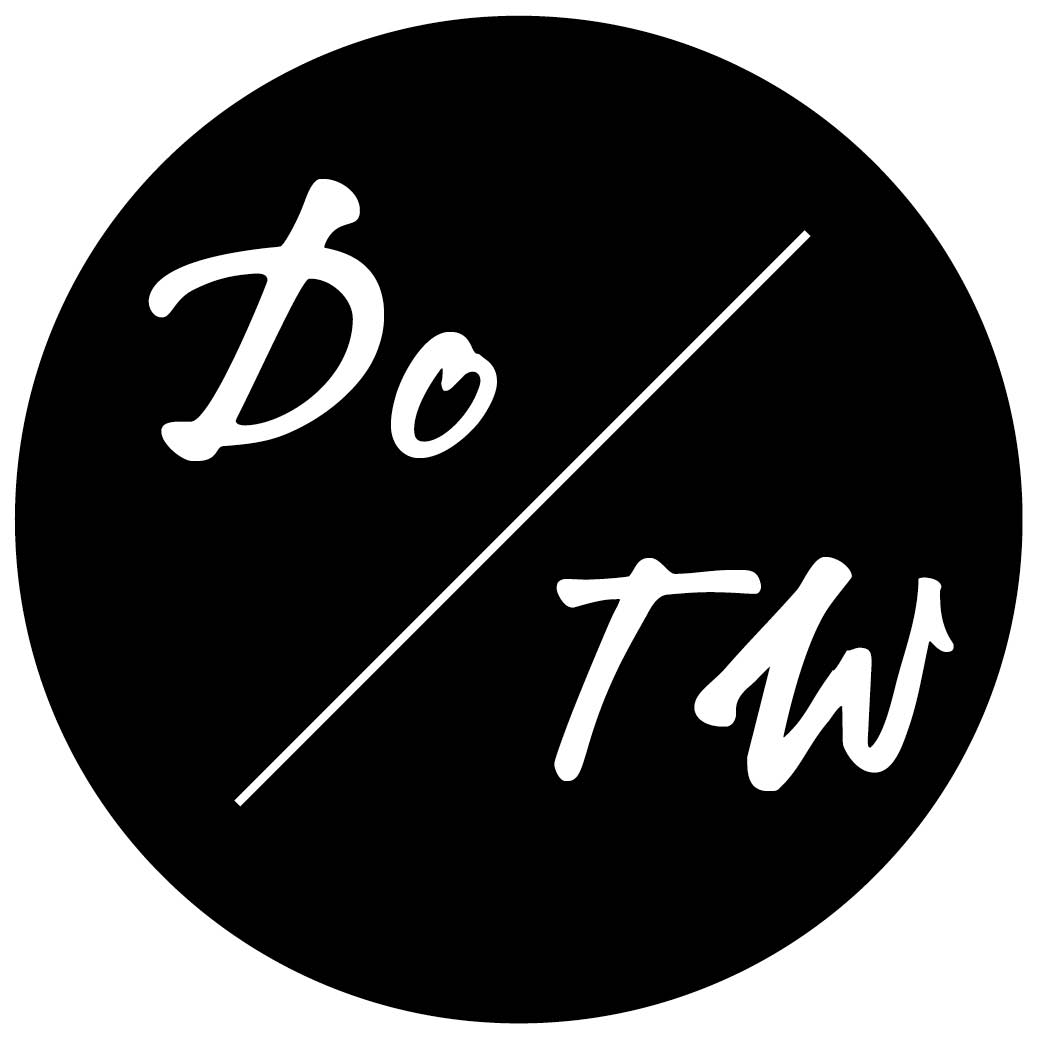The Only Thing that Matters in Travel Writing Is Your Hourly Rate

At one point in my career when I was in desperate need of work, a writer and writing coach that I greatly admire made a case for writing for trade magazines that completely changed my career:
I’ve earned anywhere from $.10 per word writing for trade magazines at the beginning of my career up to $2.50 per word penning articles for national consumer magazines like Health. What’s important, though, isn’t the per-word rate—it’s your hourly rate, and I usually earn $250 per hour at this kind of work even at magazines that pay just $.50/word.
What Is Your Hourly Rate?
Do you even know?
If not, stop reading right now and download either Toggl or Officetime. Use it for the next week (at least; you should always use it) to track every minute you spend on every paid and unpaid piece of work you do. When you write an article, track the time you spend:
- corresponding with your editor about the article
- editing or collecting photos to accompany the article
- doing interviews for the article
- traveling (whether to an interview or actually going somewhere in person) to research the article
- researching things online to support the article
- (and finally) actually writing and editing the article
If you want to be really awesome, track the time you are in the car or out for a walk and outline the article in your head.
Now, take all of that time, and divide the total amount you get paid for the piece by it. That is your hourly rate.
Does it make you shudder? Is it horrible? Is it worse than minimum wage? Does it make you want to go get a “real” job?
Good!
Now let’s fix it.
There Are Only Two Ways to Improve Your Hourly Rate
We calculated your hourly rate by dividing your pay by your hours worked. That means there are only two numbers we have to play with here that can improve your hourly rate. Not the amount of time you spend:
- on social media
- sending pitches
- networking in person
To help you earn more, only two things matter:
- how much you are paid
- how long you spent doing the piece of work you got paid for
I’m going to say this again, because this is the absolute game changer for people who are able to go on to have successful freelance writing careers:
There are only two ways to earn more money as a travel writer: get paid more or spend less time working on what you are getting paid for.
Anything you are doing when you are “working” on a piece of paid work that does not directly contribute to the completion and hand-off of that item is costing you money, because that time could (and should) be spent on other paid work.
And anytime you take a low-paying piece of work that cannot be done in a reasonable amount of time that justifies the rate, you are depriving yourself of money you could be earning doing a better paid piece of work during that time.
There are all sorts of ways that you can change these two parts of the equation. To do the same work faster:
make sure you are doing each part of your assignment at the most productive time for you.
To earn more money in the same amount of time but doing higher-paid work:
- switch some of your work from online to print—the rates are much higher
- rather than apply for gigs on writing job boards, create your own writing job—and rate
The Marketing Conundrum
Even among people who track their time, tracking time spent pitching and doing other types of marketing is tricky for freelance writers.
Am I really saying that you should individually track the time spent on each pitch and factor that into your hourly rate?
ABSOLUTELY!
If you do not factor the time you spend looking for the work you do get into the equation, you’re missing one of the most frequently overlooked ways that freelance travel writers are secretly wasting their time.
It is so, so easy to think that because you are “working on pitches,” you are working. But are you working quickly? Effectively? Following a formula to streamline the process? Getting your pitches out in 15 minutes…or less?
Until your pitching time is easy, completely down to business, and devoid of the hemming and hawing that is infringing on your hourly rate, track the amount of time you spend on every single pitch separately. For articles that get assigned, lump the pitch time in with the rest of the article. Anything that doesn’t get assigned should get lumped into the dreaded “unpaid” time category.
You can still make six figures a year spending only half your time on paid travel writing work (and the rest on unpaid time pitching, traveling, or networking) if you maintain a $100/hour rate:
$100,000/year ÷ 50 weeks = $2,000/week or $100 per hour over 20 hours
But once your hourly rate dips, it’s harder and harder to hit $100,000 with paid hours…wiping out your ability to have unpaid time to pitch and travel to research new ideas:
- $2,000/week = $50 per hour over 40 hours
- $2,000/week = $40 per hour over 50 hours
- $2,000/week = $30 per hour over 67 hours
- $2,000/week = $20 per hour over 100 hours
As your hourly rate decreases, the amount of time you have to spend to earn the same total pay every week or month doesn’t just increase…it increases disproportionately.
So, what is your hourly rate for your travel writing work right now?
